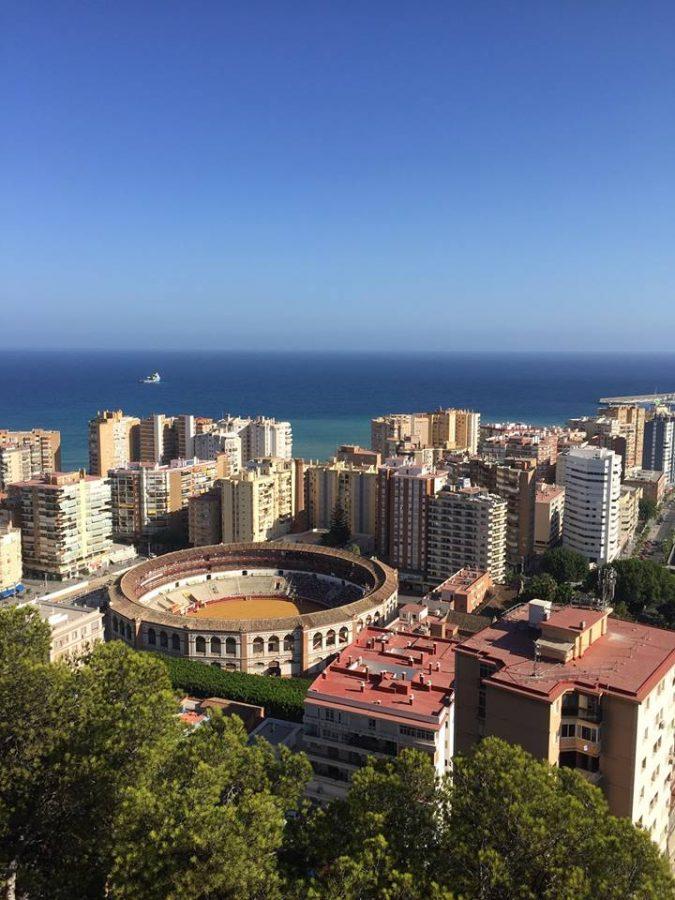Letters from Abroad Getting Lost in Málaga
One of my favorite things about living in Málaga is that I am constantly catching myself saying, “was that always there?” or “I’ve never see that before!” While this might be due to the fact that I look at the ground to avoid stepping on gum, or worse, Málaga has so many hidden treasures that I discover when I wander the streets.
The city itself is almost 3,000 years old, and has only recently started to really modernize. Seeing 400-year-old churches squeezed in between modern boutiques and cafés is pretty standard. The house that Pablo Picasso lived in is in the same plaza as some of the most modern cafés and bars. Also, the museum housing some of his work is right in between a restaurant that Antonio Banderas frequents, and the Málaga Fútbol Club official store.
A short but steep hike starting adjacent to a modern and luxurious hotel takes you to the top of a 14th century castle called the Gibralfaro. From here, you are able to see almost the entirety of Málaga as well as the beautiful Mediterranean Sea. I also can’t stress this concept enough: there is a literal 1st century Roman amphitheater right next to a small movie theater that screens independent films and also a Burger King.
The city center, El Centro, is small enough that you can get lost without really being lost, so I really enjoy wandering around the city and finding these hidden treasures. I’ve stumbled upon numerous small cafés and adorable clothing stores, as well as accidently crashing a rousing Spanish wedding.
One of my favorite finds is a tiny, hidden courtyard café called “La Casa Invisible.” You can only find it by wandering through a couple of smaller streets and passing through a discreet doorway. Inside is an open courtyard decorated with detailed murals and filled with tables adjacent to a fountain that quietly echoes off the ceramic tiled walls. The café is a community project and is based off the funding and work of málagueñans with a passion for civics and human rights.
The café, as well as the many historical marvels scattered inbetween modern conveniences, is explicative of more than just the expansive history of the city. While getting lost in the streets, the culture of this small city becomes palpable; you can overhear energetic conversations over an afternoon coffee. Along with that you can see people enjoying an early evening tapa after resting during siesta. Street musicians offer snapshots of Spanish sounds, singing old folk songs or Spanish limericks accompanied by a guitar or accordion. Be it the constant urge for tranquility, a vivacious student protest, or the immense pride that Spaniards have for their food, this city comes alive in the little things. As Aileen Walker ’18 expressed, “Málaga is a place to be felt as much as to be seen.”



